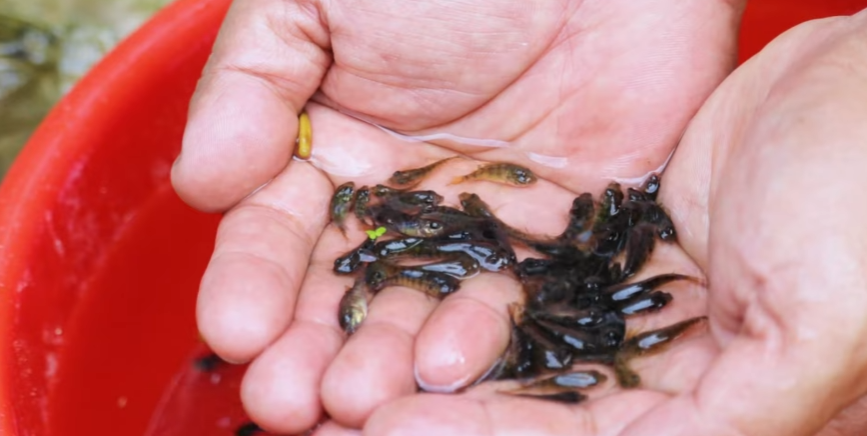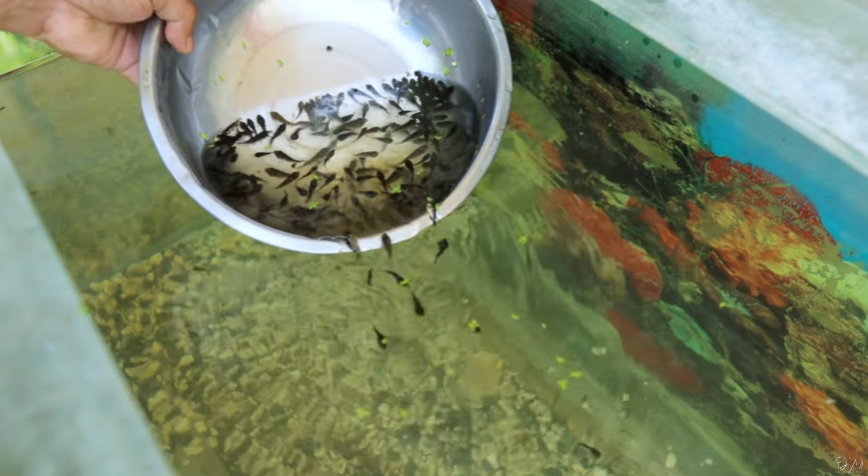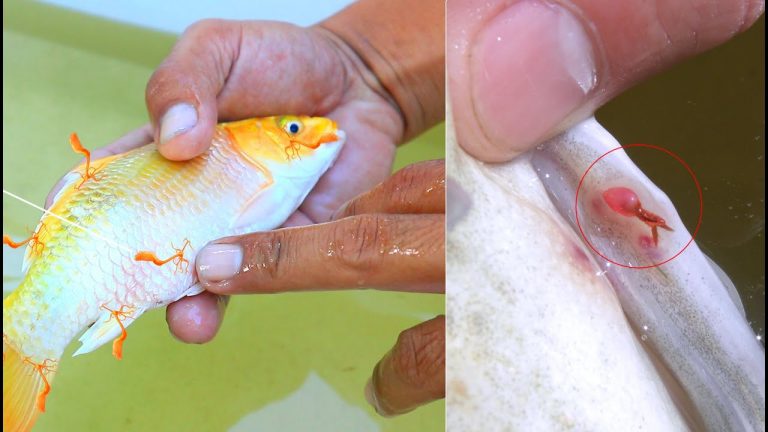Transforming Dexter’s World: The Joy of Unexpected Tilapia Breeding
Hi guys, it’s a beautiful day once again, and welcome back to Dexter’s World channel! Today, I’m thrilled to share some exciting updates about our tilapia breeding project. We didn’t initially plan to breed tilapia, but nature had its way, and now we have an abundance of baby tilapia! Let’s dive into the details of how this happened and what we’re doing to manage our growing fish family.

The Unintended Tilapia Boom
At Dexter’s World, we always strive to provide the best environment for our animals, and this time, our efforts have led to an unexpected but delightful outcome. Despite not intending to breed tilapia, our fish have been prolific, producing numerous babies. This has inspired me to share these fingerlings with our qualified beneficiaries.

Why Share Fingerlings?
- Community Support: Helping others start their own fish farming ventures.
- Sustainability: Promoting sustainable fish farming practices.
- Food Security: Contributing to local food sources.

Preparing for Transfer
With the rapid multiplication of our tilapia, it’s essential to transfer the babies to less crowded environments to ensure their health and growth. Overcrowding can lead to stress and health issues, so immediate action is necessary.

Steps for a Successful Transfer:
- Select a Grow-out Tank: Use a large tank to provide ample space.
- Clean the Aquarium: Remove stones, old water, and thoroughly clean the tank.
- Move the Tank: Carefully relocate the tank with the help of staff to avoid damage.
- Condition the Water: Fill the tank with clean water and let it sit for two days for proper conditioning.

Setting Up the Grow-out Tank
Our chosen tank is a substantial aquarium measuring about 8 ft by 4 ft by 2 ft, capable of housing a considerable number of fish for about a week. Ensuring the tank is clean and well-prepared is crucial for the survival of the baby tilapia.

Cleaning and Conditioning:
- Rinse the Stones: Clean all stones to remove algae and debris.
- Filter the Water: Run the submersible pump overnight to ensure the water is clear and safe.
- Natural Cleaning: Use a sponge and natural methods to clean the glass and prepare the tank.

Moving the Baby Tilapia
Now that the tank is ready, it’s time to carefully transfer the baby tilapia. This delicate process requires precision and care to avoid any harm to the fish.

Important Considerations:
- Handle with Care: Use gentle methods to move the fish.
- Monitor the Water: Ensure the water conditions are stable and suitable for the babies.
- Temporary Housing: Keep the tilapia babies in the grow-out tank for a week before distributing them to qualified individuals.

Sharing with the Community
I am committed to giving away these baby tilapia to fish keepers who have the necessary space and conditions to raise them. We will invite interested individuals to visit, inspect their qualifications, and then distribute the fish accordingly.

How to Qualify:
- Provide Proof: Show that you have a suitable fishpond or tank.
- Commit to Care: Demonstrate the ability to care for the fish properly.

The Joy of Fish Farming
While preparing the tank and transferring the fish can be a tedious task, it’s incredibly rewarding for any fish enthusiast. The satisfaction of seeing healthy, thriving fish makes all the hard work worthwhile.

Encouragement for Hobbyists:
- Stay Passionate: Enjoy the process and take pride in your efforts.
- Continuous Learning: Always seek new knowledge and methods to improve your fish farming practices.
Join Us on Our Journey
Thank you for being part of Dexter’s World! Your support and enthusiasm inspire us to keep growing and sharing. If you haven’t already, please subscribe to our channel and hit the notification bell. We regularly upload videos packed with useful tips and secrets to help you succeed in your own farming endeavors.

Stay tuned for more updates and exciting projects. See you in the next video, only here at Dexter’s World!







